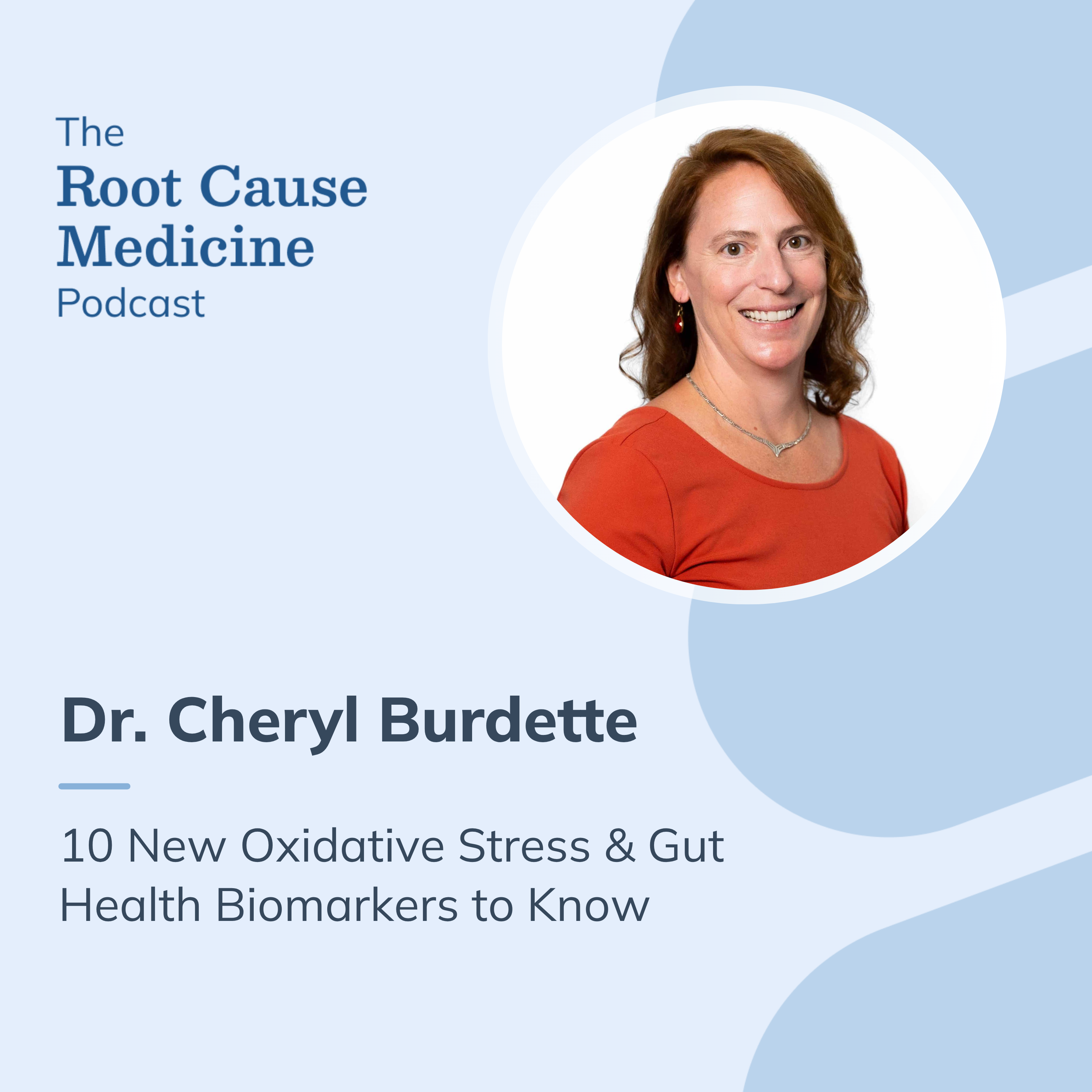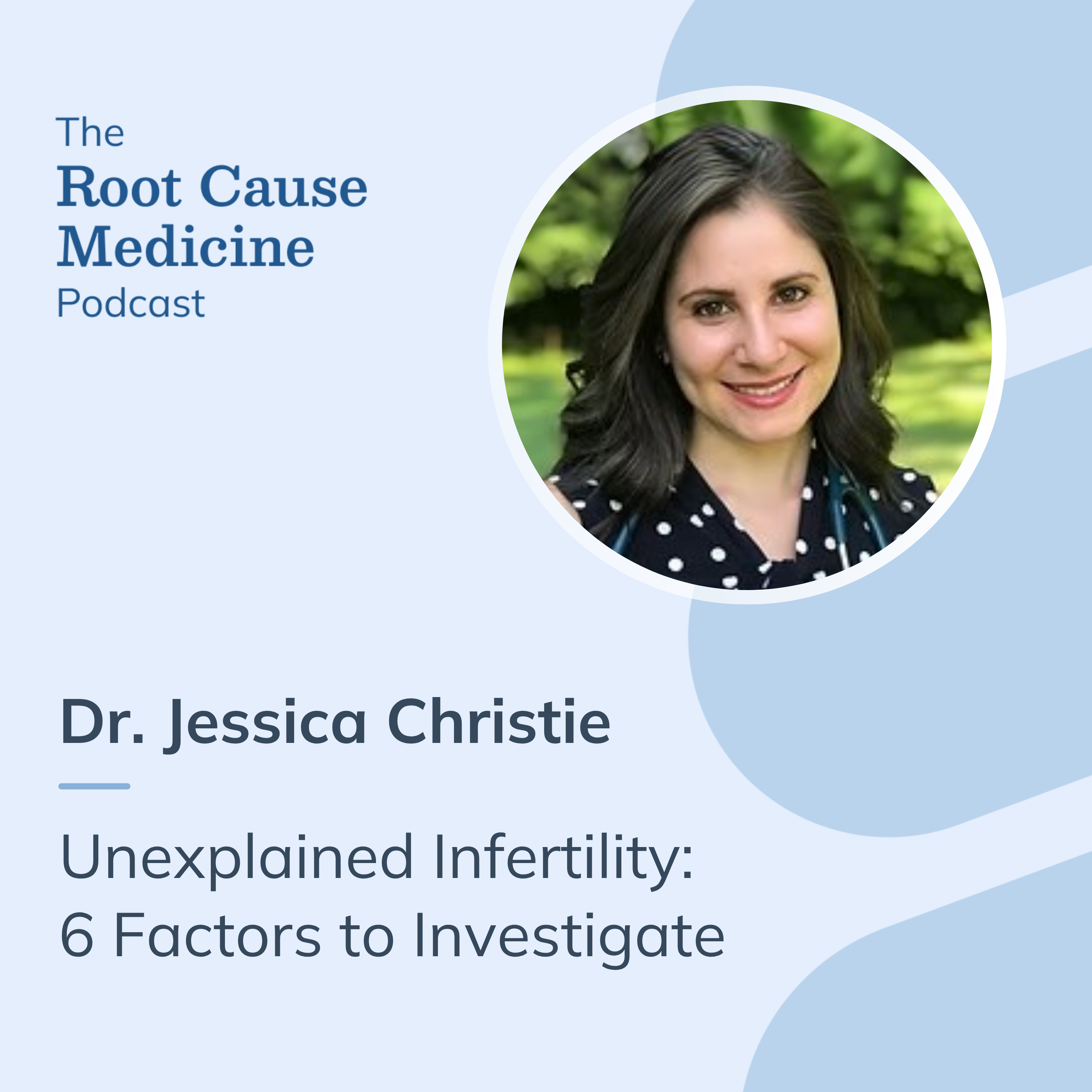Most people have experienced taking too big of a bite of food and having that lump of food feel as though it gets stuck in their throat as they swallow. This trouble with swallowing - known as dysphagia - can often be resolved with a quick cough or a large swig of water. For those managing Eosinophilic Esophagitis (EoE), trouble swallowing can be a daily challenge, and coughing or sipping water may not immediately alleviate their symptoms.
Eosinophilic esophagitis is an immune-based disorder that impacts the esophageal tissue. It affects 1 in 2000 people each year. A functional medicine approach to eosinophilic esophagitis, including dietary changes, medications, supplements, and more, may help manage symptoms.
[signup]
What is Eosinophilic Esophagitis?
Eosinophilic Esophagitis (EoE) is a chronic, immune-mediated disorder of the esophagus, characterized by the infiltration of eosinophils (a type of white blood cell) into the esophageal tissue. In EoE, there is so much immune activity in the esophagus that the esophagus becomes inflamed, irritated, and can even become more permeable, leading to potential complications if left unaddressed for many years. This condition impacts the esophagus' ability to help with swallowing foods and liquids, and people who have it frequently experience issues with swallowing and throat or chest discomfort. Trouble swallowing can become so severe in EoE that people can experience food impactions, which require medical attention.
What Causes Eosinophilic Esophagitis?
Eosinophilic Esophagitis (EoE) is a chronic, immune-mediated disorder of the esophagus. It's unclear what triggers the immune system in EoE. However, it is known that a combination of food sensitivities, mast cell activity, genetic predisposition, and environmental exposures can contribute to it.
Specifically, disordered TH2 immunity appears to be at the root of EoE. Increased numbers of T cells are found in the esophageal mucosa of people with EoE, as are increased levels of interleukins and tumor necrosis factor-alpha (TNF-α). People with EoE are more likely than others to have close family members with autoimmune disorders.
Additionally, IgG4 food reactions are highly involved in EoE symptoms. Removing specific foods that trigger IgG4 reactions or the top 4 foods most commonly involved in EoE reactions (dairy, wheat, eggs, soy) may help manage symptoms and support tissue health on endoscopy.
Finally, changes to the microbiome are common in people with EoE, including small intestinal bacterial overgrowth (SIBO).
Eosinophilic Esophagitis Signs & Symptoms
The esophagus is responsible for transporting boluses of mechanically digested foods into the stomach. The esophagus has two sphincters – the upper esophageal sphincter, which opens and closes to allow food into the esophagus, and the lower esophageal sphincter (comprised partially of the diaphragm) that allows food from the esophagus into the stomach. EoE has symptoms associated with both the upper and lower sphincters. These symptoms can include:
- Difficulty swallowing (dysphagia)
- Heartburn
- Chest discomfort
- Food getting stuck in the esophagus (food impaction)
- Vomiting
- Abdominal discomfort
- Poor weight gain or weight loss
- Chronic coughing or wheezing
- Anemia
- Acid reflux
How to Test for Eosinophilic Esophagitis
Imaging
- EoE is typically diagnosed via an endoscopic biopsy. During an endoscopy, a gastroenterologist will take and examine a sample of esophageal tissue under a microscope. When there are more than 15 eosinophils present per high power field or more than 60 eosinophils per mm squared in esophageal tissue, a diagnosis of EoE can be made.
- Barium swallows can also be diagnostic testing for EoE. During this test, an X-ray is taken from the chin to the chest to watch someone swallow a bolus of food containing a dye that will show up on the x-ray. During this test, people with EoE may exhibit esophageal narrowing, impaired swallowing, or strictures.
Biomarkers
Finding the root cause of eosinophilic esophagitis includes testing beyond the diagnostic imaging/procedures listed above. Biomarkers that can be examined through blood work include:
- IgG4 antibodies to foods may trigger immune reactions in EoE.
- Elevated eosinophil protein X (EPX) in stool tests may be associated with increased eosinophil activity. EPX is a type of protein found in white blood cells.
- People with EoE tend to have altered levels of the following microbes in their gastrointestinal microbiomes, which can be picked up on a comprehensive digestive stool analysis test:
- Fusobacterium
- Lactobacillus
- Veillonella
- Bifidobacterium
- H. Pylori
- People with EoE may also have SIBO, which can be diagnosed using a breath test.
How is Eosinophilic Esophagitis Managed?
Medical interventions which are often prescribed or completed by a medical doctor to help manage the symptoms of EoE include
- Proton pump inhibitors (PPIs) - can help reduce stomach acid from aggravating already inflamed tissue in the esophagus (PPIs can cause nutrient deficiencies, particularly of iron, calcium, and magnesium, as well as vitamin B12)
- Oral steroids - can be swallowed and may help reduce inflammation in esophageal tissue
- Surgical dilation - to increase the amount of room in the esophagus to help prevent choking
Dietary changes to help manage EoE include the Step Up Diet and food elimination diets aimed at reducing the amount of immune-triggering foods a person ingests. A Step Up Diet typically consists of the following stages:
- Step 1: Remove dairy
- Repeat endoscopy in 6 weeks to assess for changes to the esophagus. If symptoms are improving, continue on the dairy-free diet. If there is no improvement, proceed to step 2.
- Step 2: Remove dairy and wheat
- Repeat endoscopy in 6 weeks to assess for changes to the esophagus. If symptoms are improving, continue. If there is no improvement, proceed to step 3.
- Step 3: Remove dairy, wheat, and eggs
- Repeat endoscopy in 6 weeks to assess for changes to the esophagus. If symptoms are improving, continue. If there is no improvement, proceed to step 4.
- Step 4: Remove dairy, wheat, eggs, and soy
- Repeat endoscopy in 6 weeks to assess for changes to the esophagus. If symptoms are improving, continue. If there is no improvement, proceed to step 5.
- Step 5: Remove corn, chicken, beef, and pork
- Repeat endoscopy in 6 weeks to assess for changes to the esophagus. If symptoms are improving, continue. If there is no improvement, proceed to step 6.
- Step 6: Remove peanuts, tree nuts, and seafood
- Repeat endoscopy in 6 weeks to assess for changes to the esophagus. If symptoms are improving, continue.

Microbiome Support
- If SIBO is present, a temporary low FODMAP diet can be used for short-term relief, while antimicrobial, prokinetic, and other treatments are used to address the root cause.
- Probiotics like lactobacillus and bifidobacterium, as well as short-chain fatty acids (probiotic products) like butyrate, have been shown to support digestive health in people with EoE.
GERD Support
- Just as PPIs can help to improve outcomes in EoE, demulcent herbs can also be helpful to improve symptoms by helping to soothe irritation in esophageal tissues. These herbs include Althea officinalis (marshmallow), DGL (deglycyrrhizinated licorice root), and aloe vera.
Histamine Support
- Mast cells are found in high concentrations in the esophageal tissue of people with EoE. When released, mast cells contain histamine, which can create tissue permeability (similar to leaky gut). Consumption or supplementation of vitamin C may help support these side effects.
Summary
Eosinophilic esophagitis can impact swallowing and make life stressful for people who manage it. But, with the right team and interventions, it can be a smoother path to managing symptoms. A functional medicine approach to eosinophilic esophagitis that includes pharmaceuticals, procedures, nutrition, herbs, supplements, microbiome support, and more can be helpful in managing symptoms so that you can thrive.










%201.svg)









.png)